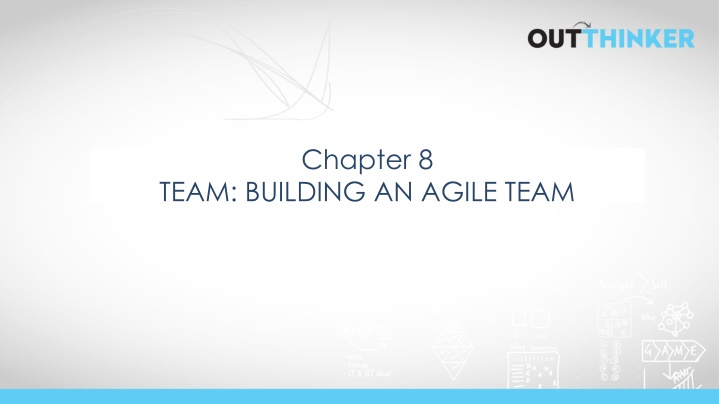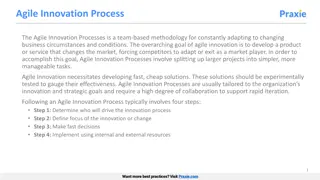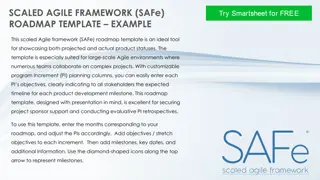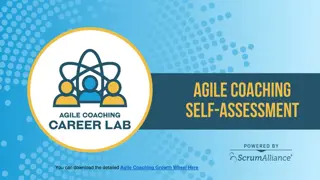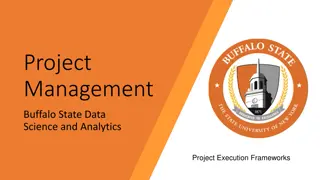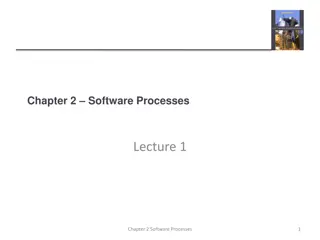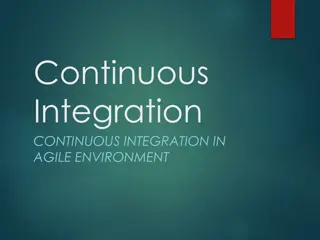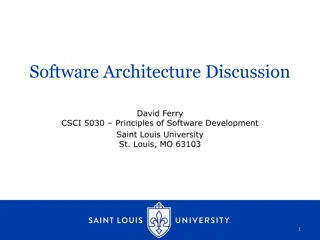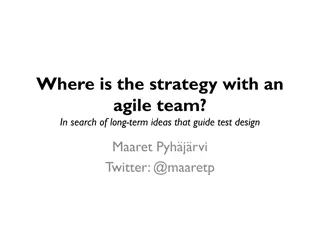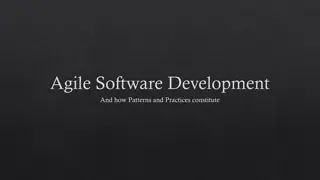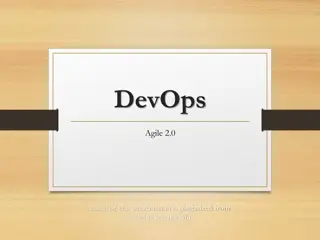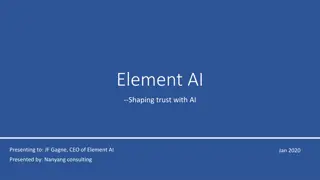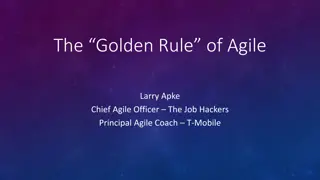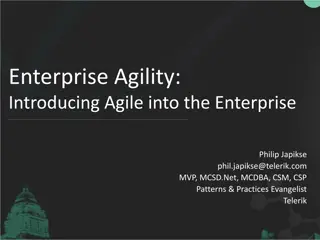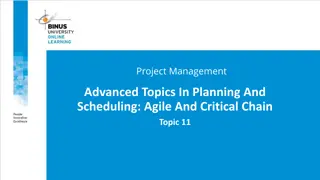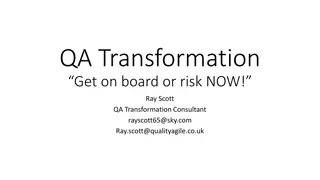Building an Agile Team: Overcoming Challenges and Implementing Effective Strategies
Internal innovators face critical challenges in assembling, adapting roles, operating at a rapid pace, and managing expectations when forming agile teams. Addressing these obstacles can lead to success through steps such as removing organizational friction, creating cross-functional teams, setting clear goals, utilizing metrics, establishing rhythm, and fostering positive velocity.
Download Presentation

Please find below an Image/Link to download the presentation.
The content on the website is provided AS IS for your information and personal use only. It may not be sold, licensed, or shared on other websites without obtaining consent from the author.If you encounter any issues during the download, it is possible that the publisher has removed the file from their server.
You are allowed to download the files provided on this website for personal or commercial use, subject to the condition that they are used lawfully. All files are the property of their respective owners.
The content on the website is provided AS IS for your information and personal use only. It may not be sold, licensed, or shared on other websites without obtaining consent from the author.
E N D
Presentation Transcript
Chapter 8 TEAM: BUILDING AN AGILE TEAM
Learn from yesterday, live for today, hope for tomorrow. The important thing is not to stop questioning. Albert Einstein
4 Critical Challenges to Team Formation Internal innovators interviewed repeatedly cited team formation as one of their most significant barriers. They specifically pointed to four critical challenges: Assembling a great team. It s difficult to pull together the perfect team because, You want the A players but their managers are less likely to let them join you because they are so valuable, and they are nervous to join because they worry that losing time on a risky project like yours could derail their careers. Adopting flexible roles. You will be best served by a cross-functional team in which members adopt flexible roles, but your organization has evolved into divisions of specialists. Operating at a rapid pace. Your team will function best when it operates at a rapid pace, with daily or at least weakly check-ins, but your organization is geared toward a more deliberate pace. Managing expectations. Instead of the Prove-Plan-Execute approach (see Chapter 7) that established organizations are more familiar with, in which you work out all the details before launching the innovation, you and your team will likely require an Act-Learn-Build philosophy, in which you pick up one question, learn, formulate the next question, and repeat. The line between planning and execution blurs. In the early days your goal will be to learn, later on, your goal will be to deliver results. This creates an issue because, if your organization is like most, leadership won t know how to gauge your progress in the early phases.
Seven Steps Most Team Approaches Agree on 1. Remove organizational friction. 2. Assemble a cross-functional team. 3. Align around an important goal. 4. Use metrics and data to track the most important thing(s). 5. Build a scoreboard everyone can see. 6. Establish a rapid rhythm. 7. Generate positive velocity.
